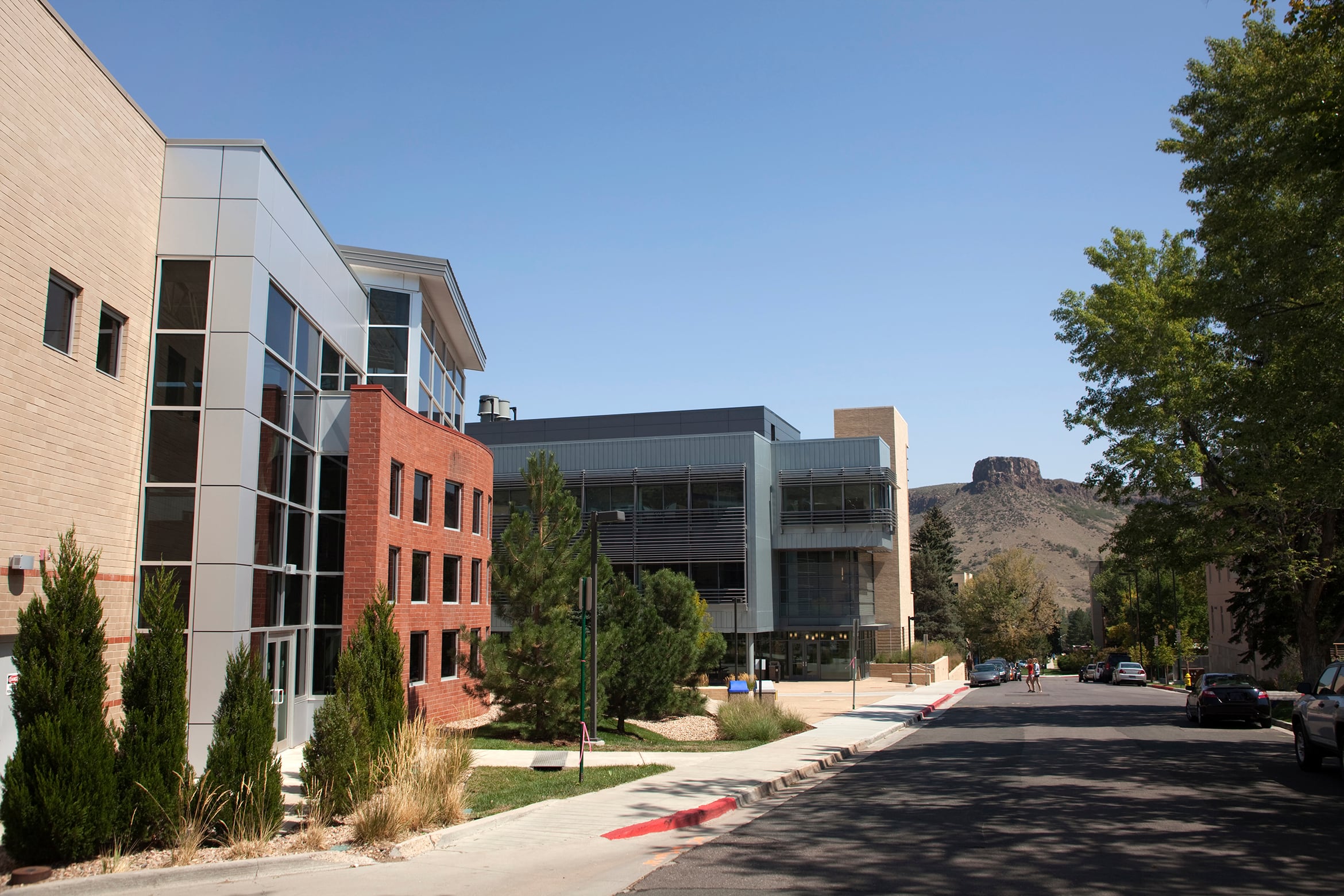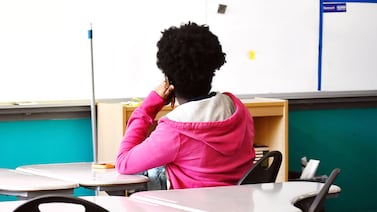Sign up for our free monthly newsletter Beyond High School to get the latest news about college and career paths for Colorado’s high school grads.
Students who live in a household that makes $90,000 or less a year are now eligible for a Colorado tax credit that will help pay for the first two years of college.
State leaders say accessing that credit for the first time should be an easy process for students attending school this year. Colleges or universities will track which students are eligible and then notify them. But students will still have to file their own tax return to get the money.
The new credit works as a rebate and was approved during this year’s legislative session. The program received wide support from lawmakers, in part because it will cost the state less than paying for tuition and fees upfront.
Many Colorado public universities and colleges have their own programs to pay upfront costs for students, often called Promise programs. Each school’s program has its own eligibility rules. There is no statewide program.
Leaders say the new tax credit will help even more students than the existing school-specific Promise programs. This is especially important, as in-state students face some of the highest tuition rates and fees in the country.
“Just under 50% of our high school graduates are going to postsecondary in Colorado,” said Angie Paccione, Colorado Department of Higher Education executive director. “We want to change that, and we’re hoping that this creates an incentive and some motivation for students to say, ‘It is truly affordable. I could actually do this.’”
Paccione said studies showed the state would have needed $40 million to $140 million a year to cover tuition and fees for eligible students if it paid them upfront. The new tax credit is expected to cost about $39 million a year in refunds.
With the eligibility threshold at $90,000 in household income — higher than many of the college-run programs — more middle-income students will be eligible for aid. Paccione hopes the state can eventually raise that income threshold even higher, possibly to $120,000 a year.
“Imagine the relief for families who are really trying to make it in our economy and contend with the rising cost of college,” she said.
Which Colorado students are eligible for the tax credit?
The credit, called Colorado Promise: Two Free Years of College Expanded, will equal the tuition and fees paid by the student after any scholarships or grants. The credit will be in place for students starting this fall into the 2032 school year for those attending public community, technical, and regional colleges, as well as four-year universities.
The state doesn’t know how many students will qualify for the tax credit this upcoming school year, but it has made some guesses based on past data. About 28,000 students statewide would have been eligible for the tax credit last year, according to a fiscal analysis.
Eligible students have to meet certain requirements, such as having graduated high school in Colorado within the last two years, being enrolled in at least six credit hours at a Colorado public college, and maintaining a 2.5 GPA or higher. They must also have filled out the Free Application for Federal Student Aid.
Students who are not U.S. citizens or permanent residents have to have filled out the CASFA, or the Colorado Application for State Financial Aid, to qualify for the tax credit. Those students will also get the tax form from schools if they qualify.
The tax credit functions as a rebate. Families and students will have to pay their tuition and fees up front or borrow money to pay those bills. They should expect a refund after filing a tax return for the year that the school year ends. For example, credits for the academic year 2024-25 would be claimed on a student’s 2025 tax return — due by April 2026 — and paid out in 2026.
Four-year college students can expect an average of $2,700 in tax credits each year, technical college students can expect an average of $2,000, and two-year college students should get back an average of $1,000.
How will students apply?
Colorado public colleges and universities will notify students by email whether they’ve qualified, Paccione said.
Colleges and universities will have students’ household income on record through either the federal or state aid application. Based on that, schools will be able to calculate which students qualify. Students not meeting the GPA requirements will also be notified that they’re not eligible, she said.
Students will then get a tax form that they will use when they file their state taxes.
Although the eligibility will be based on a student’s family or household income as reported on the FAFSA or CASFA, students will have to apply for the tax credit themselves. They’ll need to file a state tax return to get the credit, even if they did not work and would not have otherwise filed a return.
How can students spend the credit?
Students will be reimbursed only for tuition and fees, so living expenses or supplies such as textbooks aren’t covered.
However, students can use the tax rebate any way they want, Paccione said. For instance, they can save the tax money for future college expenses. But Paccione recommends that students apply that money toward tuition and fees they’ve already paid or borrowed money to pay. That will reduce long-term debt, she said.
“It’s going to require discipline from the student and family when they do get that tax rebate, because we’re not going to control how they use that tax rebate,” she said. “They should use it to pay the tuition. That’s the intent of it.”
Jason Gonzales is a reporter covering higher education and the Colorado legislature. Chalkbeat Colorado partners with Open Campus on higher education coverage. Contact Jason at jgonzales@chalkbeat.org.







